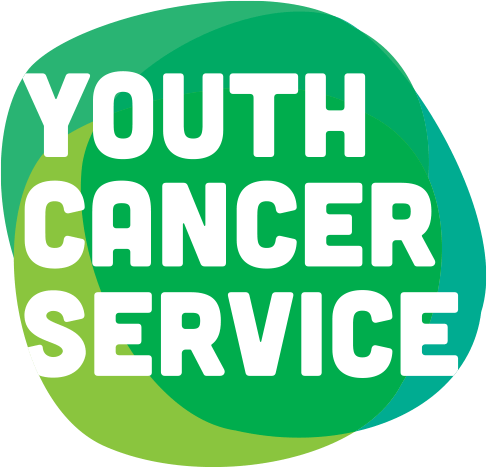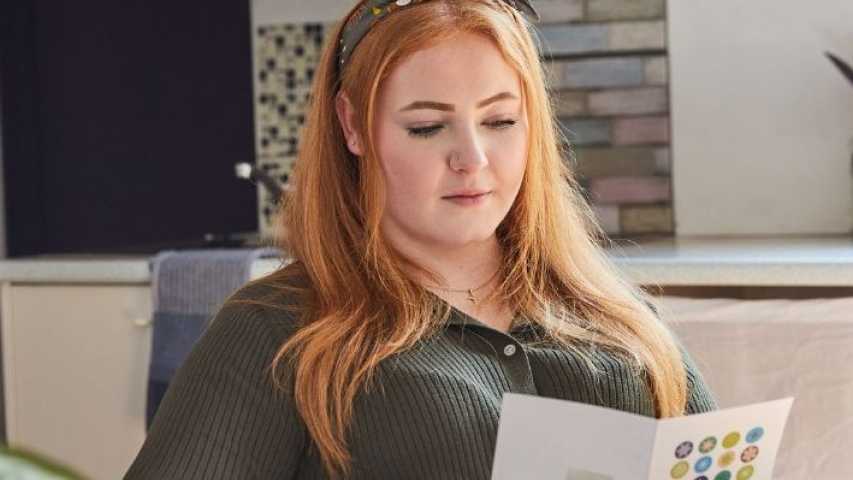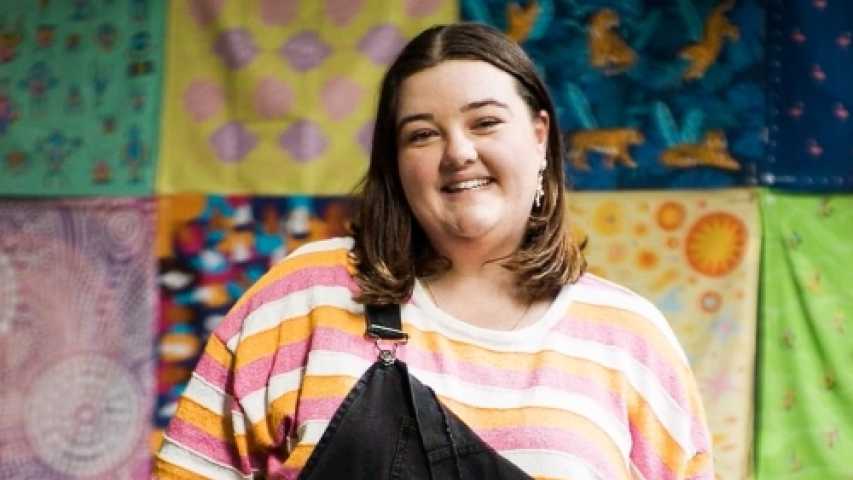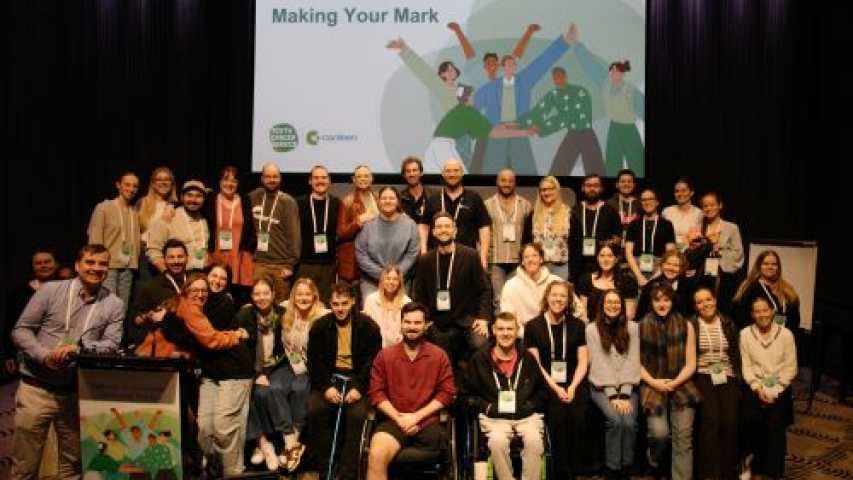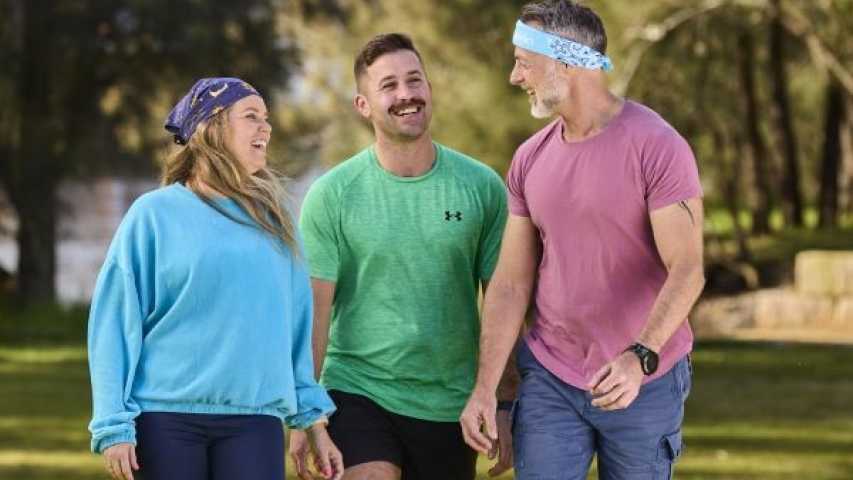By Peter Orchard, Chief Executive Officer of Canteen
There is a lot to celebrate in the latest youth cancer data released by the Australian Institute of Health and Welfare (AIHW) this week. Since the 1980s, the overall survival rate for 15-24 year-olds diagnosed with cancer has gradually increased from 79% to 90%. Providing specialist treatment and support for adolescents and young adults through the Youth Cancer Services as well as funding clinical trials aimed at tackling the deadliest cancers in young people has contributed to this positive change.
The percentage of young people diagnosed with melanoma and cervical cancer has also more than halved, thanks in no small part to the sun-smart campaign work of our friends at Cancer Council and the development of the HPV vaccine (another Australian success story).
But there is some very worrying news too, which is easy to miss if you don’t look at the fine print. Here are the four key areas of concern to Canteen:
1. The decline in melanoma is masking increases in other cancer types
Putting melanoma to one side, the rate of all other cancers in young people combined has actually increased by 50% from 1984-1988 to 2014-2018.
This includes a:
- 370% increase in bowel cancer
- 270% increase in thyroid cancer
- 260% increase in chronic myeloid cancer
- 220% increase in mature non-Hodgkin lymphoma
- 55% increase in germ cell and trophoblastic cancers, which has contributed to testicular germ cell cancer becoming the third most common type of cancer in 15-24 year-olds
We don’t know why these increases are happening. Take the truly alarming increase of bowel cancer in young people. Is it due to diet and lifestyle? Delayed diagnosis? Something else? We need more funding to research these questions and then, more importantly, to implement measures that tackle the answers.
2. A survival rate of 90% still means 10% are dying
Ultimately, one in ten young people diagnosed with cancer will not survive and that is too many. The five deadliest cancers (bone cancer, central nervous system cancers, soft tissue sarcomas, acute lymphoblastic leukaemia and acute myeloid leukaemia) represent 21% of diagnoses, but 64% of deaths. We need more clinical trials to find new treatments for these deadly cancers.
3. Survival isn’t enough
Surviving cancer is obviously a good thing, but it can be easy to forget that many of our current cancer treatments do cause a lot of collateral damage. Someone surviving cancer in their teens or early 20s still has many decades of life in front of them and long term side effects can severely impact their quality of life. Another research priority therefore is reducing the toxicity of cancer treatments and improving young survivors’ health and wellbeing.
4. This data is the best we have, but it’s not good enough
This AIHW report was released today, but it’s already five years out of date. We shouldn’t be making decisions in 2023 based on data from 2014-2018. If we want to get serious about understanding cancer in young people, we need commitment to and investment in a single national cancer database that holds all cancer records.
About the author
Peter Orchard
Chief Executive Officer
Peter has more than 30 years of experience working with young people across homelessness, mental health, community health and now cancer.






